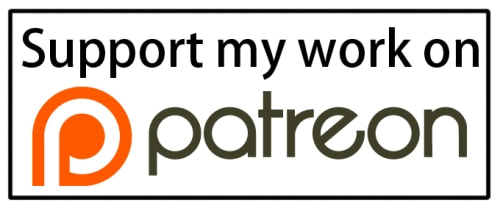| This card is about making wise decisions. I've been around horses for years. Mostly around recreational riding. I've helped out in riding schools, run a livery/boarding facility and been deeply involved with natural horsemanship. If you have been around those parts of the horse/human world you will have seen the following all-too-common scenario. Someone buys a horse. Often their first horse, and things just don't go to plan. Many people have chosen a horse that is just not "right" for them. They've been seduced by beauty, athletic ability, hard luck stories, dreams of glory, pity and sometimes downright lies. Some get seriously injured, but thousands more just get frustrated, demoralised and impoverished without having much fun. Often they find, even if they can already ride, that they can't control their horse, or that they feel afraid of it, even if the horse is behaving pretty well. Or perhaps they choose a wild, young, or otherwise untrained horse, and simply find that they are out of their depth. |
1 Attitude
(Positive? Persistent? Forgiving? Passionate?)
2 Knowledge
(Education? Training? Experience?)
3 Tools
(Have you thought about all the "stuff" you're going to need for this project? Do you understand the difference between great tools and poor ones?)
4 Techniques
(Can you physically carry out what you "know"? Do you have lots of options up your sleeve for when the first thing you try doesn't work?)
5 Time
(Not only the time to devote to the project now, but the willingness to be patient when other parties get stuck, and to keep on giving your time a long way into the future.)
6 Imagination
(When you run out of options, can you figure out more options?)
7 Support
(Someone to fill in for you? Someone more experienced than you? Professional help available? Emotional support of family and friends?)
| Meeting Rhiannon in May Come and join me for a half-day workshop about the goddess Rhiannon, and how Her story connects her to May Day (Calan Mai or Bealltainn). I'll be talking about Her story in The Mabinogi, about some special May Day traditions of SW England which might relate to the veneration of a horse goddess, and much more. For more information, or to register, please visit this link. |

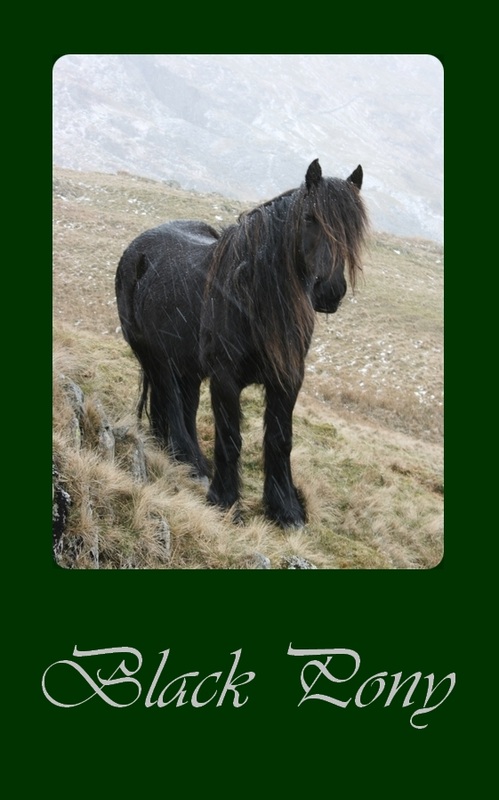



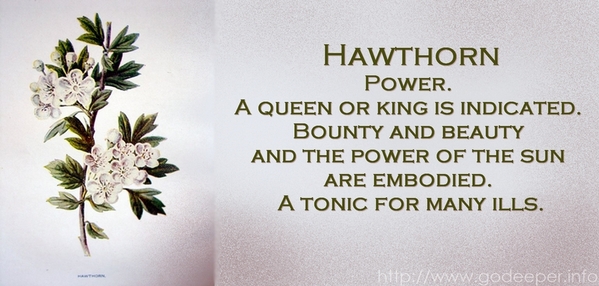
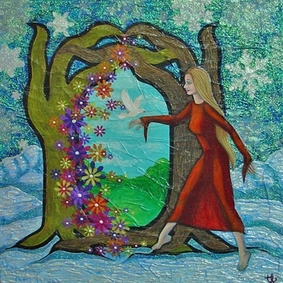


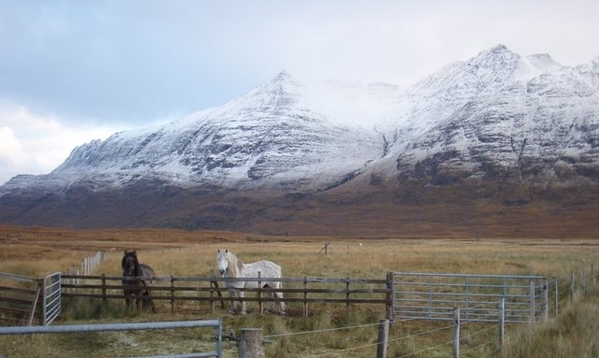
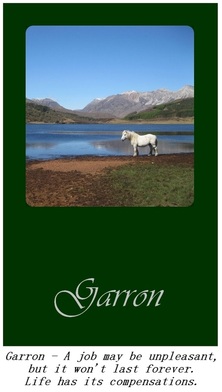
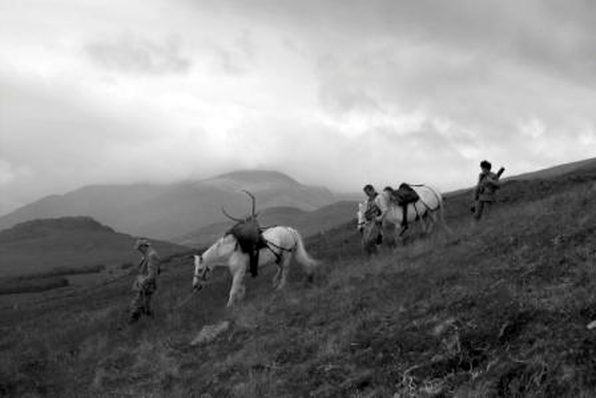
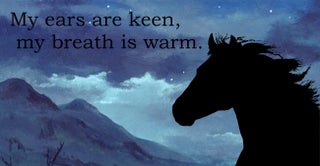
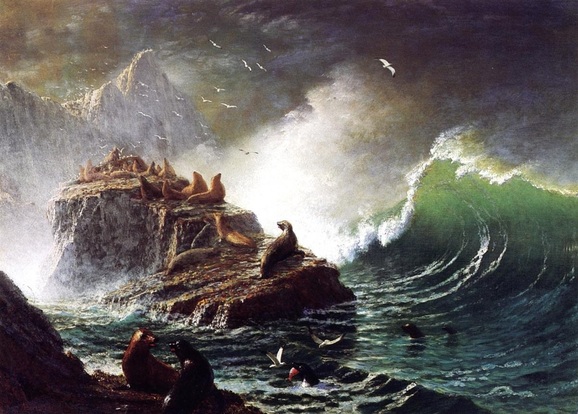

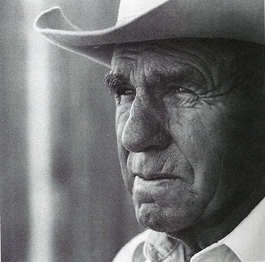
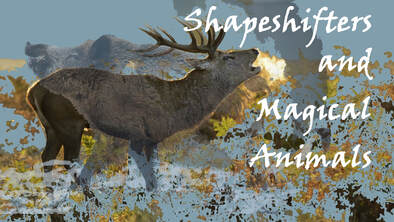

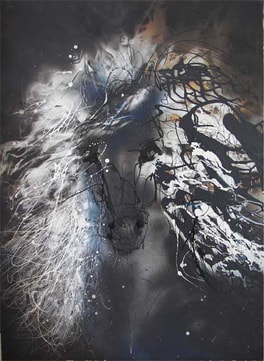
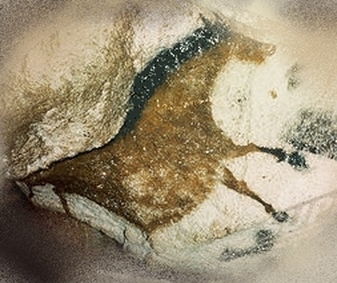

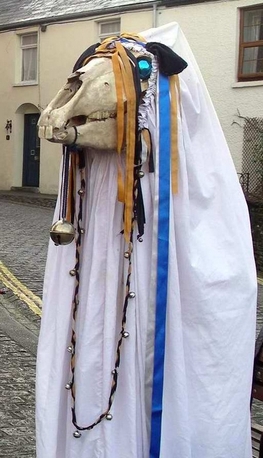
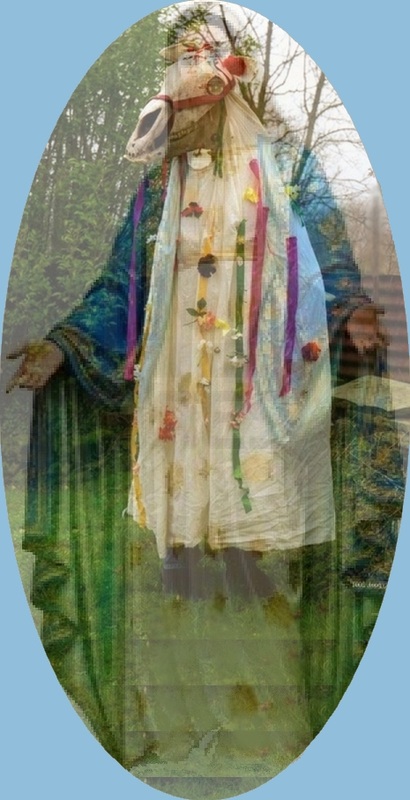
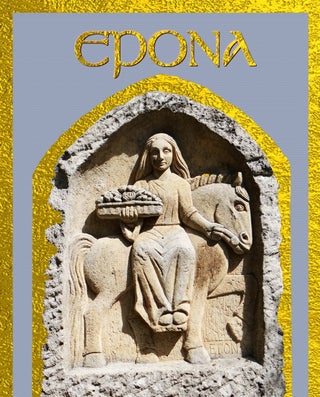
 RSS Feed
RSS Feed



